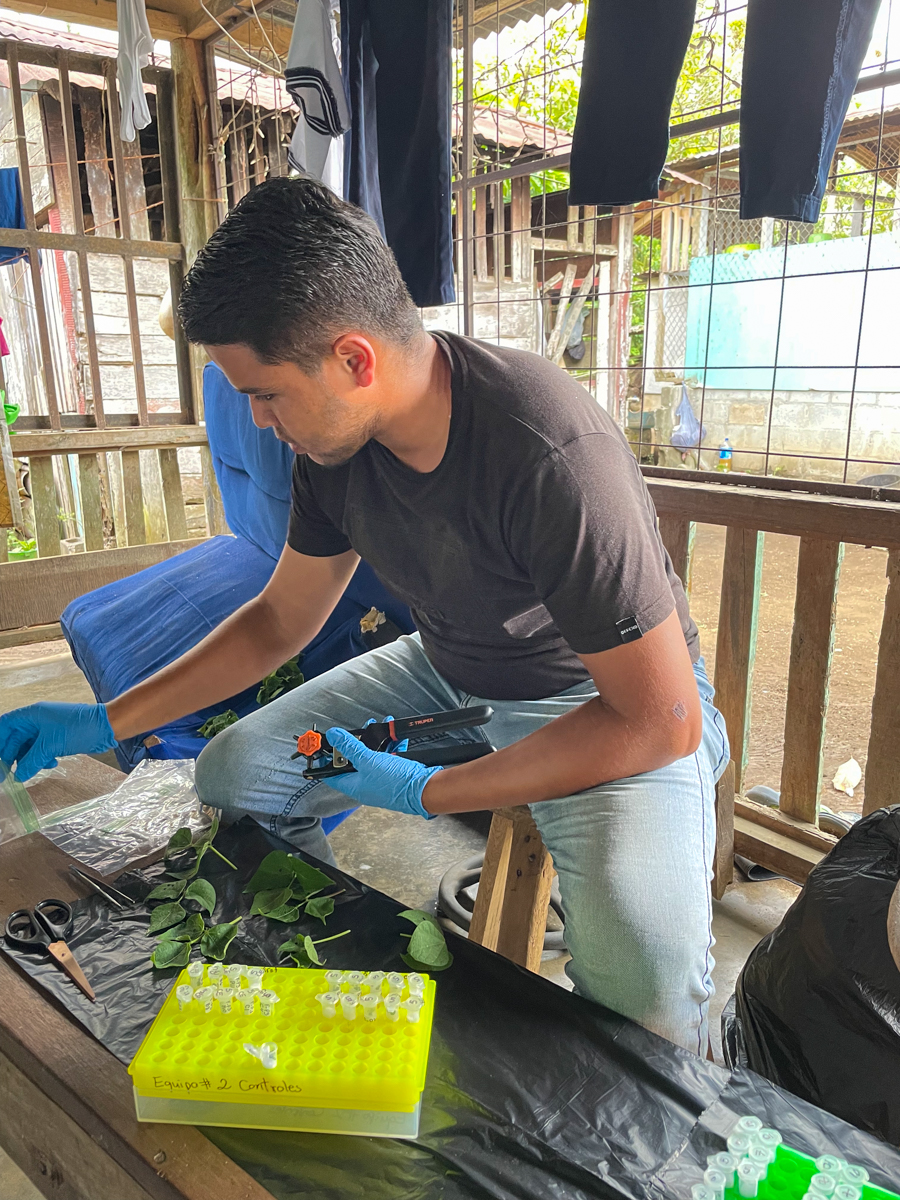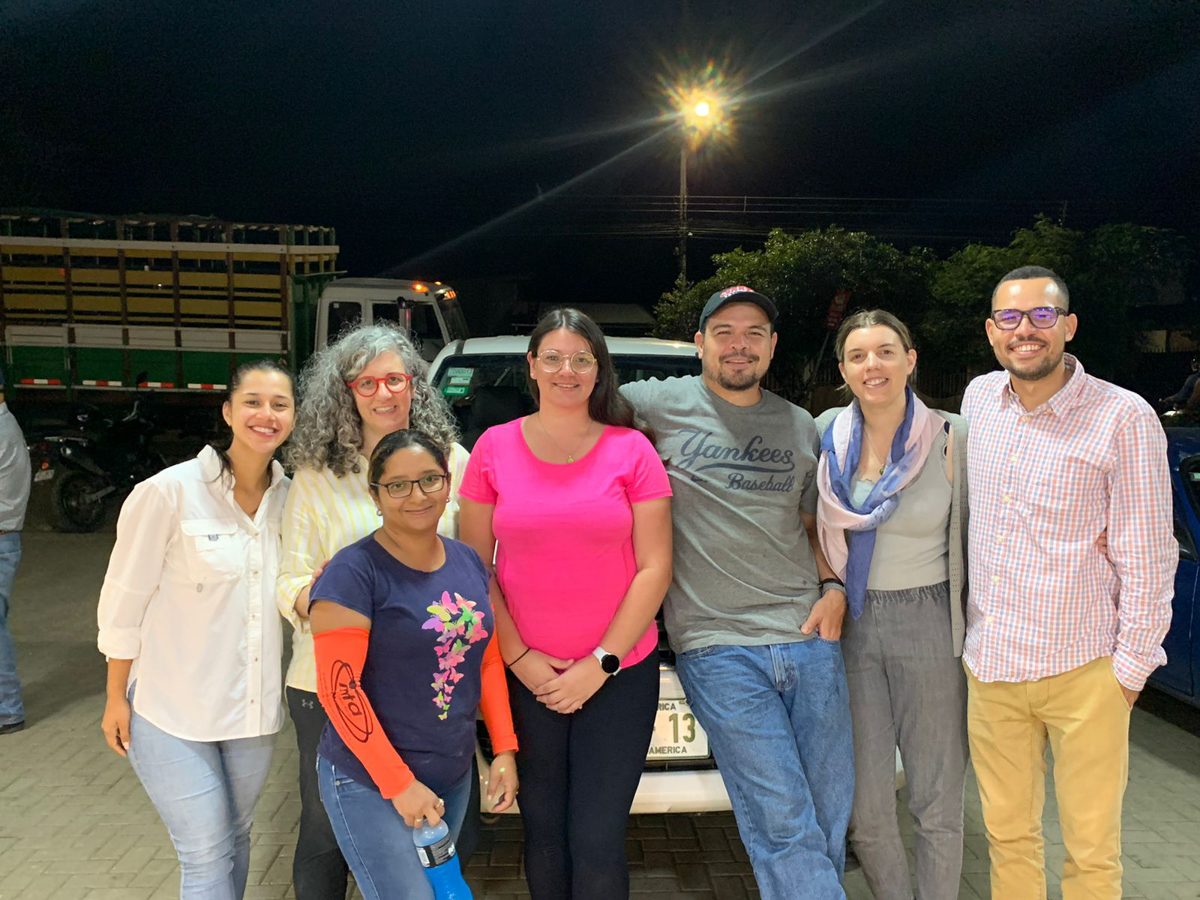Plant breeders can spend 10 years developing new crop varieties that resist pests and insects or tolerate extreme weather, but none of those benefits can be realized unless farmers adopt the varieties. A new project in Costa Rica is gathering genetic and household-level social science data in hopes of understanding which varieties are being planted, who makes those decisions and what role gender may play in crop adoption.
The project involves an interdisciplinary team of plant breeders, economists, social scientists and gender specialists, and is led by Costa Rica’s agricultural national research center, the Instituto Nacional de Innovación y Transferencia en Tecnología Agropecuaria (INTA), and the Priority Setting researchers within the Feed the Future Innovation Lab for Crop Improvement (ILCI).
DNA fingerprinting has become the gold-standard for identifying varieties in the field. The method involves cutting a small sample of a plant’s leaves, seeds or roots, preserving the sample and then sending it to a lab where its full genetic code can be determined. DNA fingerprinting can generate genetic data that complements farmer knowledge of varieties, and has increasingly used in adoption studies. However, current fingerprinting protocols are mostly implemented by large international agricultural research centers, and scaling these methods to National Agricultural Research organizations requires adaptation and testing. Furthermore, most of the existing fingerprinting studies do not address social differences, and gender dynamics and how these could shape adoption decisions.
Working with partners in ILCI’s Central American and Caribbean Crop Improvement Alliance (CACCIA), the project team is testing three alternative protocols for sampling, preserving and decoding the DNA of multiple varieties of common bean (Phaseolus vulgaris). Luis Alfonso Sánchez Chacón, agricultural economist with INTA, said the team hopes to create a more cost-effective and flexible protocol for DNA fingerprinting.

Fabricio Sequeira Miranda prepares leaf punches for analysis at a field station in Costa Rica in February. Photo: Martina Occelli / Cornell
“Ultimately, a broad range of programs could access and use these these tools to measure the impact of new-variety adoption and help donors and national programs better estimate their return on investment in new crop varieties,” said Sánchez Chacón, who co-leads the project with INTA molecular biology Ruth Castro-Vásquez.
“Adoption and varietal knowledge are very hard to measure, and we think there’s a misalignment between academic and traditional knowledge,” said Martina Occelli, a postdoctoral associate in the School of Integrative Plant Science. For example, farmers and breeders might use different names for the same variety, she said. “Coordinating the knowledge that everyone brings to the table can help us measure the true impact of new crop varieties.”
The study will look at how different members within a same household engaged in bean production express their decisions on what variety to plan, and how they identify varieties. “There are a growing number of studies showing how individuals within a household may make decisions differently and have different knowledge bases, caused by social norms and systematic barriers in accessing knowledge and resources” said Hale Ann Tufan, associate professor in the School of Integrative Plant Science and the priority setting co-lead for ILCI. “It is not about who knows more, or what is more accurate, but about recognizing that knowledge and scientific data are shaped by social context.”
In Fall 2023, the research team plans to couple their improved genetic testing method with household surveys in 400 Costa Rican farms, to better understand how social dynamics and gender roles impact varietal identification and fingerprinting data. To test the method before scaling, the researchers conducted lengthy interviews with eight farm families, asking questions about socioeconomic status, who is primarily responsible for managing the farm, who makes decisions about which crops and varieties are planted and who is considered the “head of the household.” For each family, researchers spoke with at least one male and one female adult.

The Priority Setting and INTA team members during a field visit in Costa Rica in February. Left to right: Yoselyn Hernández Chaves, Hale Tufan, Amelia Verónica Espinoza Baltodano, Joyce Estrada Gamboa, Luis Alfonso Chacón, Martina Occelli, Fabian Castro Vargas. Provided.
“Established practice for these kinds of surveys is to go to the farm, ask for the head of the household, and go with them to the field,” Occelli said. “We want to know not just who is considered the head of the household, but who is the most engaged person? Interviewing one male and one adult female decision maker within the same household resulted in very different replies, which mirror different roles and knowledge in the family.”
Pairing on-farm genetic sampling with intra-household surveys should help the research team answer questions about why and how farmers adopt some crop varieties and not others, she said.
About the author
For questions or media inquiries, email us at ilci@cornell.edu.



